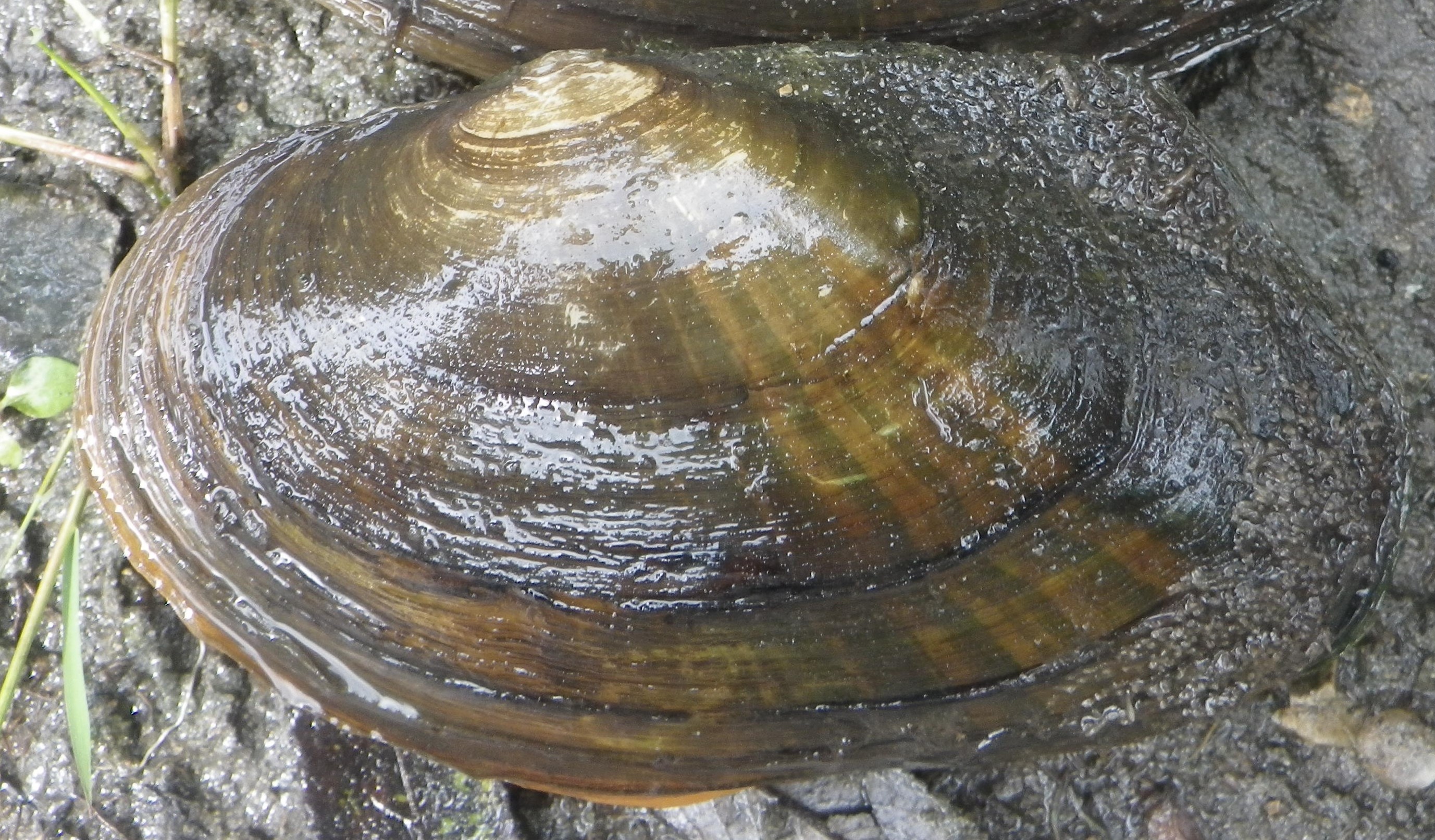DECORAH -- The Upper Iowa River seemed an unlikely candidate for Iowa’s impaired waters list, noted for its exceptional water quality and stellar outdoor recreation opportunities. Still, native freshwater mussels were struggling to survive in the river - until a local effort stepped in to make major changes on the land. That effort was just recognized as a water quality success story by the U.S. Environmental Protection Agency.
The Upper Iowa River boasts numbers of stream miles designated as having exceptionally better quality beyond levels listed in Iowa’s water quality standards, in addition to having significant recreational and ecological importance. It’s the only Iowa river to be nominated for the national Wild and Scenic Rivers Program, and canoeing the Upper Iowa River has been listed as one of the top 100 adventures in the United States by National Geographic Adventure magazine.
But in 2002, three segments of the river landed on the impaired waters list. With increasing amounts of soil washing in, the scenic Upper Iowa River was struggling to support the native freshwater mussels living in its waters.
Studies showed the mussel population declined between 1984 and 1998, largely due to extra sediment and nutrients washing into the river from row-cropped fields in the watershed (the area of land that drains to the river). A freshwater mussel survey done in 1984 found 13 species of mussels in the river, while a follow-up in 1998 only found four.
Concerns about water quality in two coldwater trout streams that feed the river - Coldwater and Pine creeks - as well as in the Upper Iowa River, led to the creation of the Coldwater/Pine Creek Watershed Project in 2006.
The partnership effort, based out of the Winneshiek County Soil and Water Conservation District in Decorah, worked with almost 50 landowners to adopt conservation practices on their land that would help protect and improve water quality. Landowners and farmers installed grassed waterways, filter strips, cover crops, streambank protection and more practices to slow erosion and filter runoff before it could enter the streams.
“Even more than a decade later, most of these practices are still in place, demonstrating the commitment of the landowners to conservation,” said former Coldwater/Pine Creek Project Coordinator Corey Meyer.
As a result, there’s now about 6,223 fewer tons of sediment reaching the river each year, enough to fill 415 dump truck loads annually. That’s been a boon to mussels and other aquatic life. A Statewide Mussel Survey in 2012, led by the DNR and funded by U.S. EPA Section 319, found that the number of mussel species in the Upper Iowa River segment just downstream from Coldwater and Pine creeks had rebounded from zero in 1998 to six in 2012, including the creek heelsplitter (Lasmigona compressa), a threatened species in Iowa. In response, the aquatic life impairment was removed from the state’s list of impaired waters for one segment of the Upper Iowa River in 2014.
“Mussels are good indicators of the health of a stream system, so the fact that they are making a comeback after the efforts of the watershed project shows the value of these projects for our lakes and rivers,” said Jen Kurth, DNR biologist.
Life outside the stream has taken note, too - the Upper Iowa River continues to draw tens of thousands of people annually for recreational activities including canoeing, kayaking, tubing, bicycling, hunting, fishing, wildlife watching and camping.
Additional partners and funding sources involved in the Coldwater/Pine Creek project include the Iowa DNR, Iowa Department of Agriculture and Land Stewardship, U.S. Department of Agriculture Natural Resources Conservation Service, Iowa Resource Enhancement Assistance Program funds and the U.S. Environmental Protection Agency.
To learn more about the Upper Iowa River and its success story, visit the U.S. EPA’s website:https://www.epa.gov/nps/success-stories-about-restoring-water-bodies-impaired-nonpoint-source-pollution#ia
